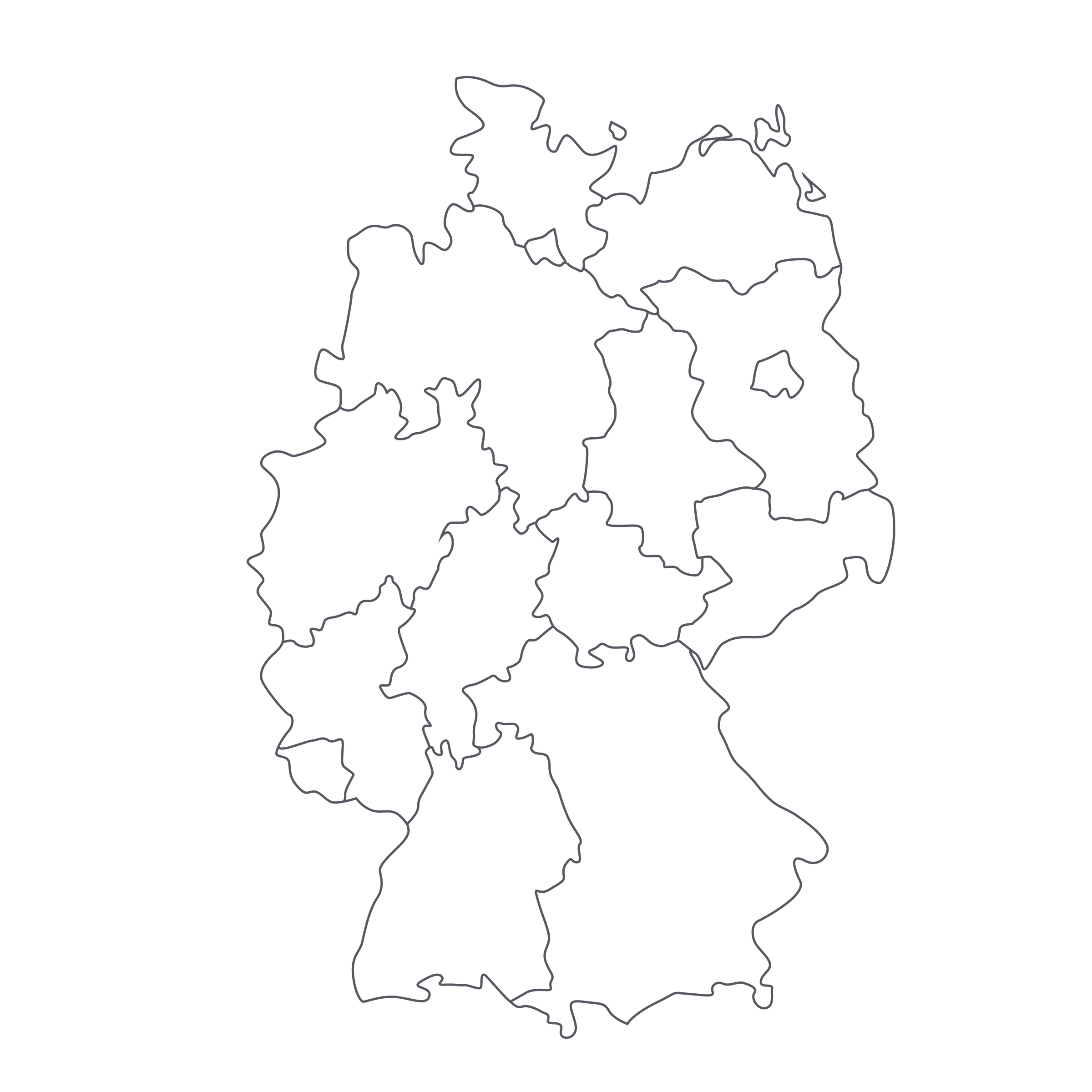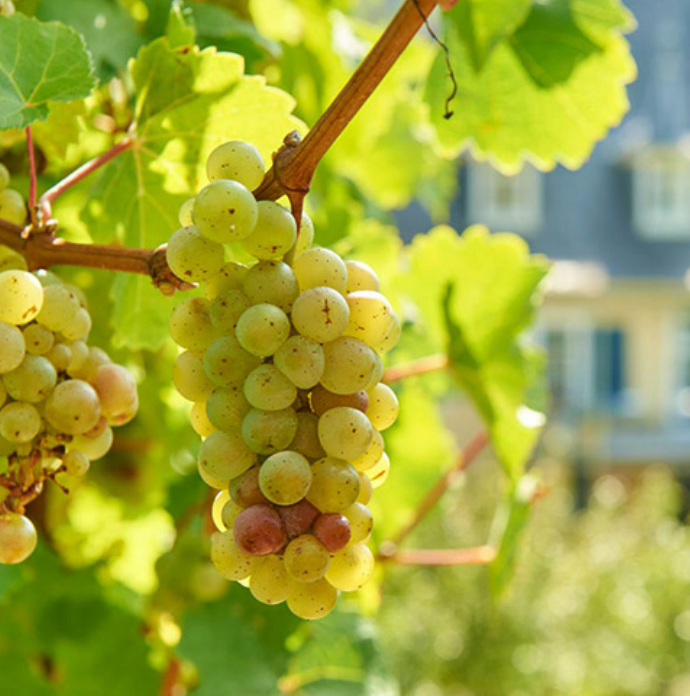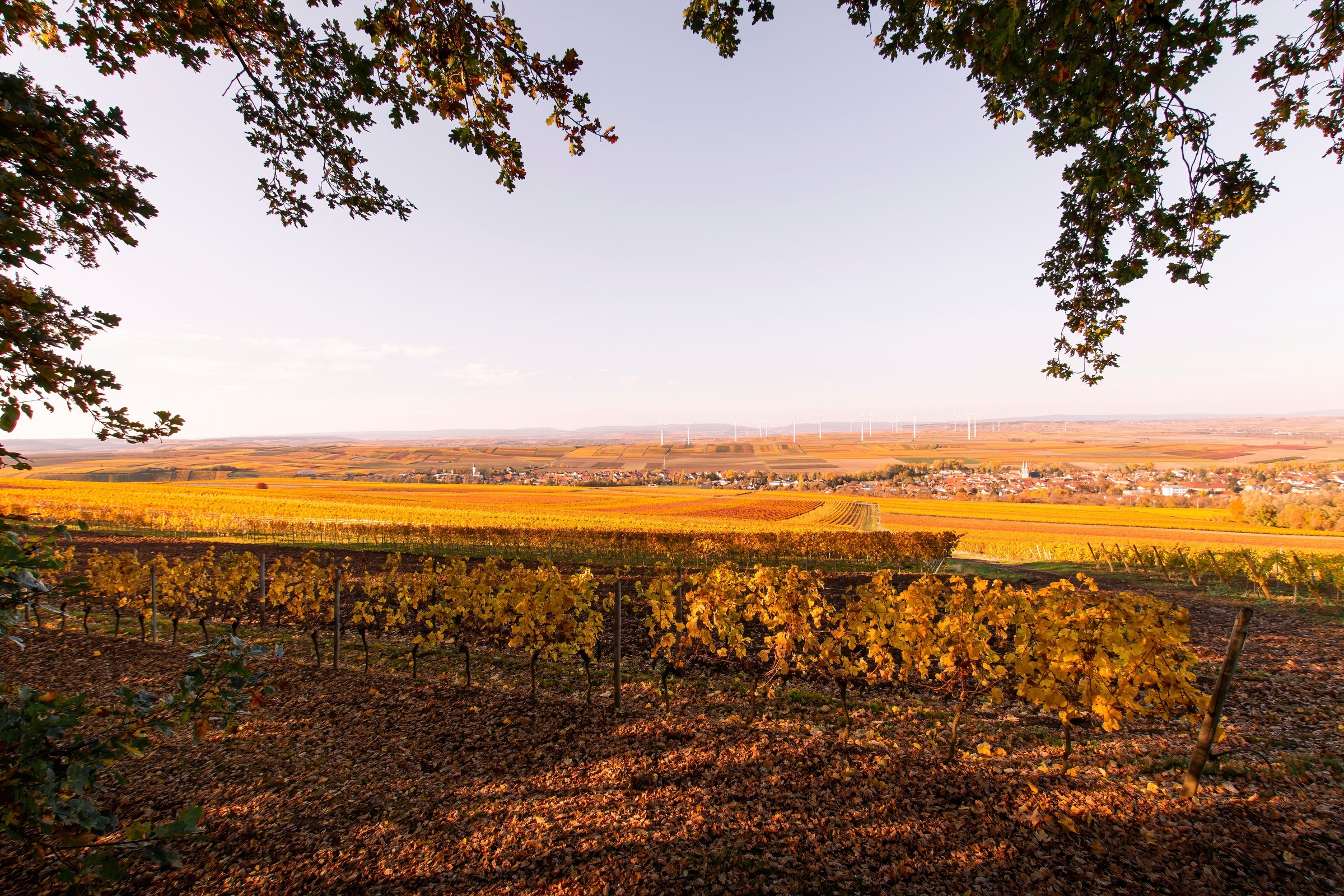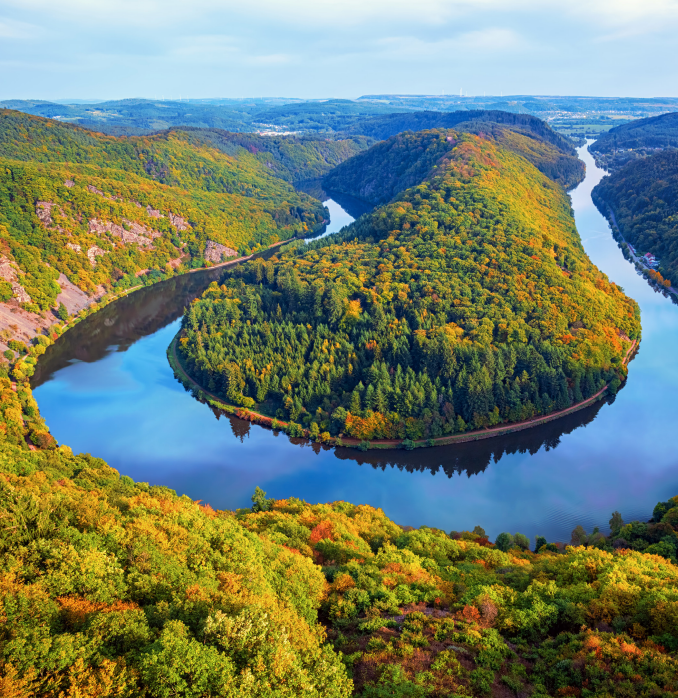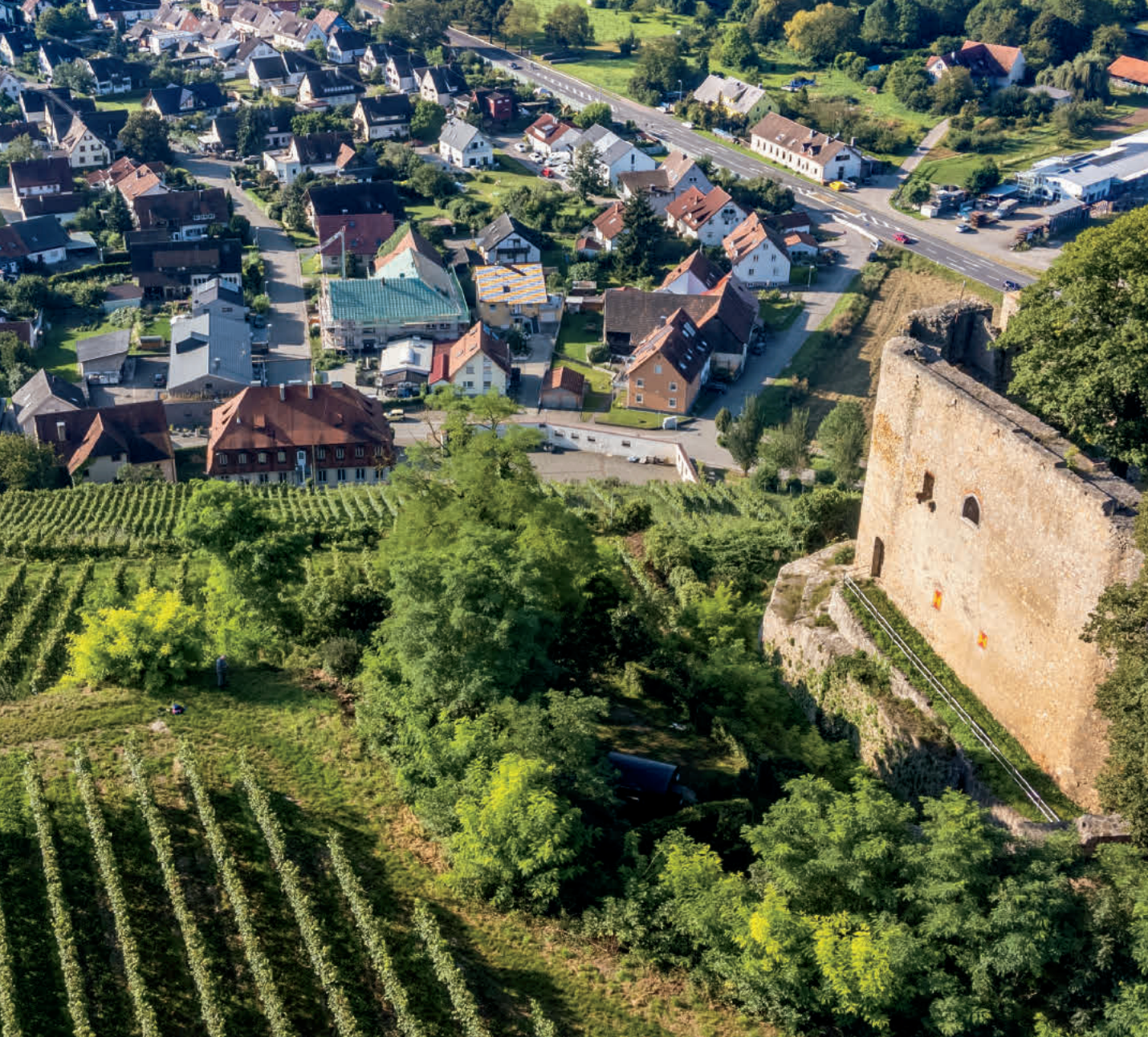German wines are infamous for their tangled webs of label nomenclature, so the kind folks at Dr. Heyden tried to help out with a few translations: As you can see on today’s bottle, “alte reben” means “old vines” and “trocken” means “dry,” but there’s still the matter of “Oppenheimer Sackträger,” which is probably the most important information of all—namely, the historic Sackträger Vineyard in the village of Oppenheim, a “grosse lage” (“grand cru”) site that has produced world-class Riesling for 500+ years.
And as is so often the case in Germany, the Heyden family packs this bottle not just full of words but with more wine than anyone has a right to expect at $24. Another telling piece of information on this bottle is the 2015 vintage, one of the true greats in recent memory, which catapults this wine into rarefied territory. It’s the latest in a series of gems we scooped up after a visit to Dr. Heyden last year, and I once again find myself struggling to think of any wine, from anywhere, that can match this one’s quality-to-price ratio. It doesn’t just talk the talk, it walks the walk, starting out opulent and exotically aromatic before buttoning up on the bone-dry, mineral finish. There’s real depth and profundity to this wine, which, given its vineyard credentials, is to be expected; what isn’t expected is this price. If you’re a German Riesling fan, this is one to hoard!
Rarely is there so much to say about a wine at this price point. Oppenheim, just off the Rhine River, is the anchor village of the Rheinhessen wine region, and Sackträger is its signature vineyard—a broad, southeast-facing amphitheater named for the local “sack carriers,” or porters, who offloaded cargo from barges docked in Oppenheim. Spanning about 29 hectares and comprised mostly of limestone with some loess, Sackträger is the Heyden family’s most prized vineyard holding; their piece of this grand cru site contains vines exceeding 40 years of age, thus the alte reben designation on the label.
The Dr. Heyden estate is relatively “young” by German standards, having been founded in 1999 by Dr. Karl Heyden, his wife, Anita, and their two sons, Frank and Harry. Frank studied at the famed Geisenheim viticultural institute and today heads up operations with an especially keen eye toward sustainable agriculture. Although he hasn’t (yet) obtained certification, Heyden is farming organically and with an eye toward creating a polyculture in his vineyards. I visited the estate last year and was blown away by his vineyards; surrounded by neatly manicured, weed-free vineyards that had clearly been chemically farmed, Frank’s plots are lush gardens filled with all manner of wild herbs, flowers, and vegetables growing alongside the vines. Occasionally, these supplemental plants are mowed and all their nutrients returned to the soil, but it’s no stretch whatsoever to see how this diverse little ecosystem produces wines of great purity and energy—there’s a freshness and vitality to this wine that leaves a lasting impact.
It’s important to note that this wine is bone dry, but in that magical, textural way that only Riesling from a great terroir can be. In the sunny, ripe 2015 vintage, Heyden’s Sackträger Riesling reached auslese levels of sugar, but did not experience any botrytis bunch rot and fermented to full dryness, reaching 13.5% a.b.v. It matured in old oak casks before bottling, creating a wine with a deep, yellow-gold color and a heady nose of white peach, mango, grapefruit pith, candied lime peel, white flowers, honeysuckle, and chalk dust. There’s an almost honeyed weight on the palate framed by lots of minerality and citrusy acid—density and freshness are there in equal measure, with the aromas blossoming with some time open (it is bottled under screwcap, so give it a few minutes to shed its ‘reductive’ qualities and really show its stuff). It is ready to drink now and over the next few years at 50 degrees in all-purpose white wine stems. The combination of lush texture and palate-cleansing acidity is really the story here—both will come into play in a pairing with a Thai green curry, which I highly recommend trying. Soon. This is a rip-roaring Riesling and it’s ready to go!

